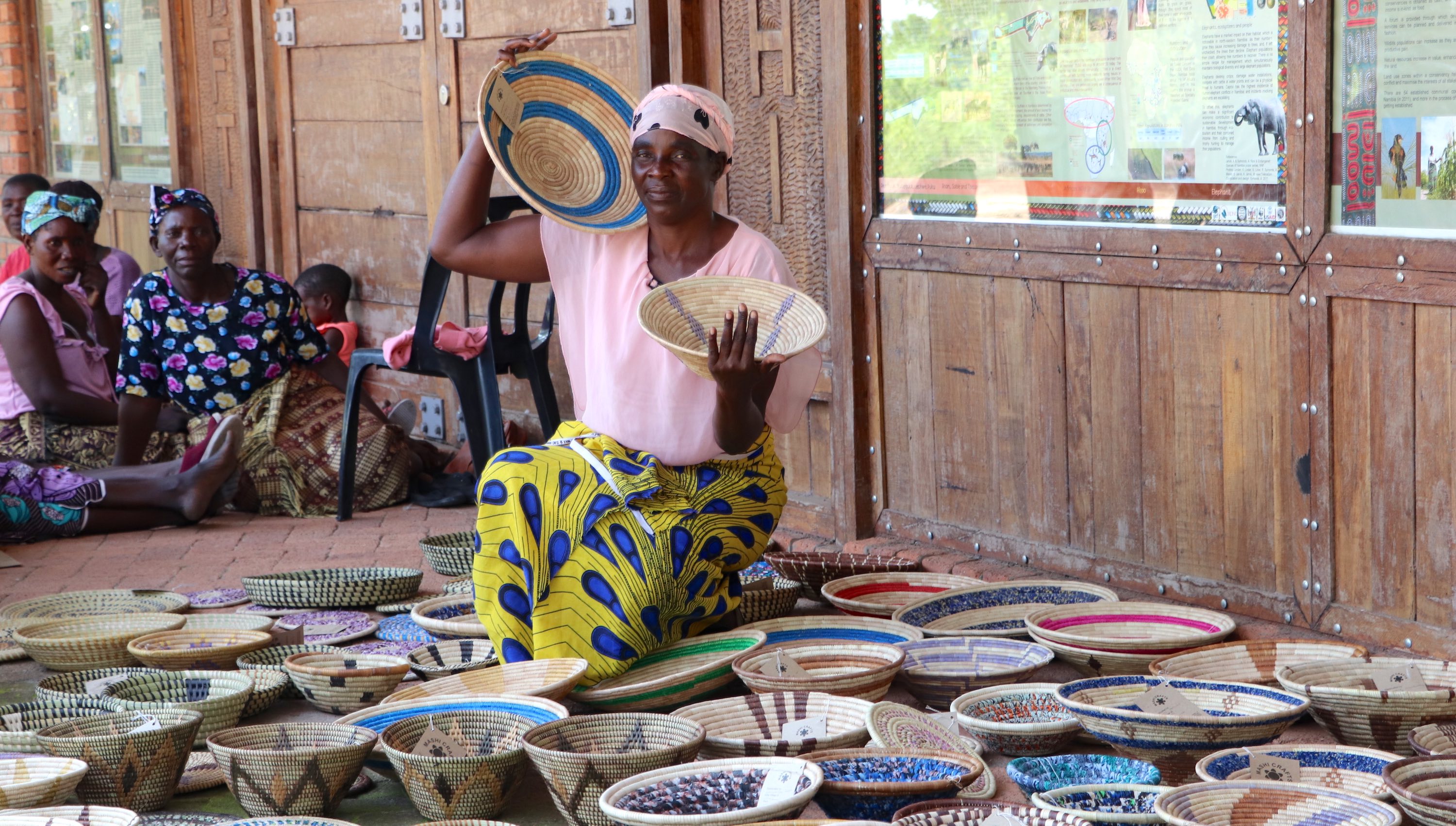
All For One and One For All
The Conservation Relief, Recovery and Resilience Facility
9th September 2021
The COVID-19 pandemic affected many people across the world and has been especially devastating for developing countries with a strong international tourism sector. Like many other African countries, one of the worst impacts for Namibia (which has had a recent increase in COVID-19 cases and related deaths) have been socio-economic, particularly in the tourism sector, which is one of the largest-earning industries in the country. Namibia expected 1.7 million international arrivals in 2020, which would have generated N$ 26.4 billion (or 11.7% of the GDP) in a sector that employs about 16.4% of its workforce.
On 17 March 2020, President Hage Geingob declared a State of Emergency, and air travel to and from Qatar, Ethiopia, and Germany was suspended for 30 days. In Namibia and around the world, additional restrictions and lockdowns followed, and by 31 March more than one third of humanity was under some form of lockdown.
This was the beginning of the end for most of the international travel to Namibia for the remainder of 2020, a situation that has persisted into 2021. When tourist arrivals came to a halt, a substantial amount of funding for conservation in Africa dried up, which led many concerned parties to predict massive increases in poaching linked to dwindling local support for wildlife conservation. In Namibia, the communal conservancies were in dire straits as their income from tourism that used to be spent on conservation and development was abruptly cut off.
For the past thirty years, Namibia's community-based natural resource management (CBNRM) movement has worked with the government to transform wildlife conservation into a viable and sustainable land-use option for rural communities. Today, 86 communal conservancies and one community association cover more than 20% of Namibia's land surface and are home to approximately 10% of Namibia's human population. These conservation management areas have provided increased protection from poaching and thus allowed for wildlife recoveries. With more wildlife (including high value species like rhino, elephant and lion), communal conservancies and their joint venture partners have built a conservation economy based largely on international photographic and hunting tourism . Conservancies are thus able to finance their own conservation efforts including anti-poaching activities, resource monitoring, human wildlife conflict mitigation measures and social development projects.
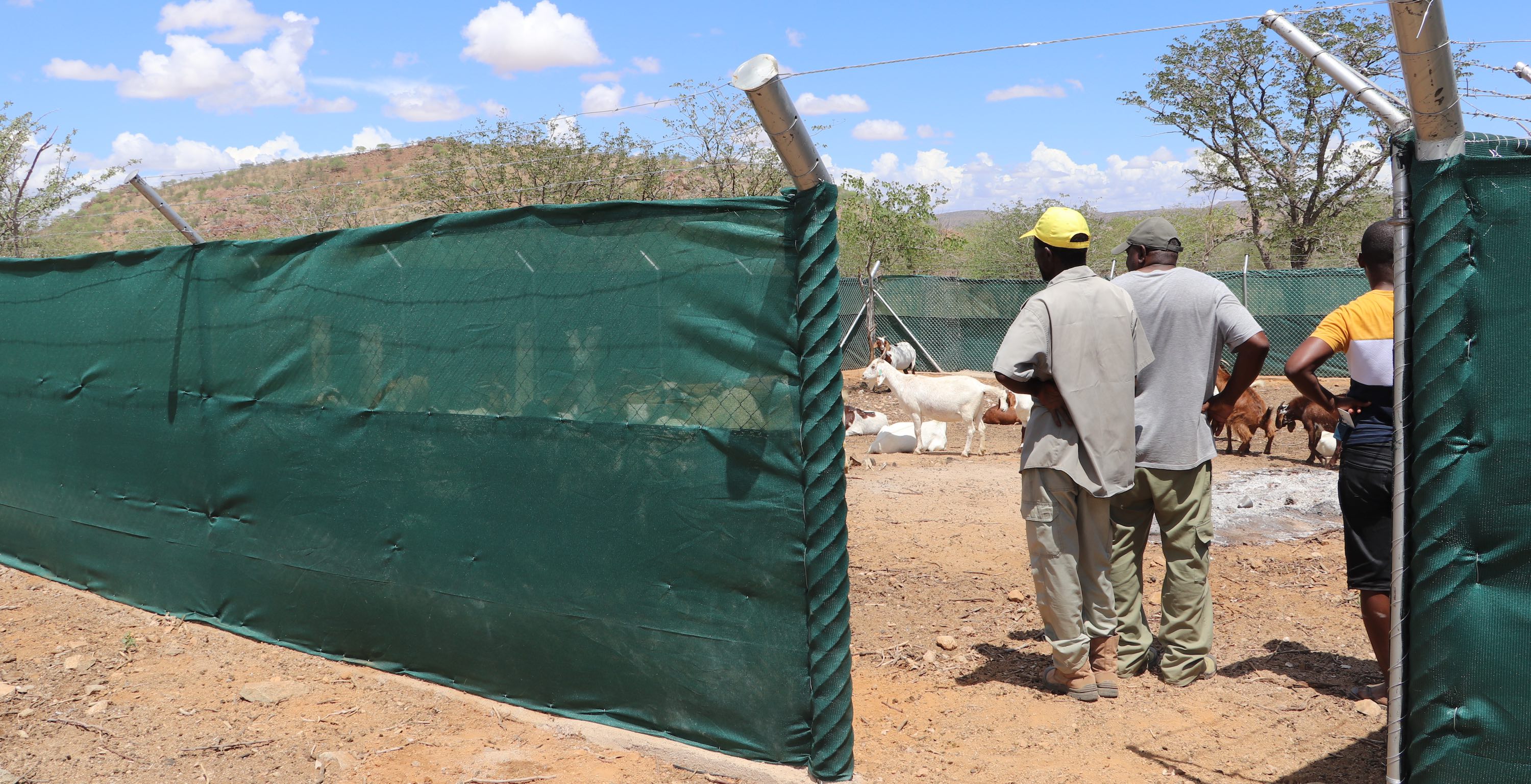
Conservancy income from tourism operations generates approximately N$ 60 million (US$ 4.2 million) per year for the conservancies and their members, with an additional N$ 65 million (US$ 4.6 million) paid in salaries by private sector operators to tourism staff living in conservancies. The income from joint venture tourism activities in communal conservancies has helped to transform the lives of rural Namibians. One of them is Reuben Mwamo, who says With the income I receive from working as a Food and Beverage Supervisor at Nambwa Tented Camp, I have been able to pursue my studies in business management and provide for my family.
By cutting off income from international visitors, COVID-19 posed a severe threat to the livelihoods of thousands of rural Namibians like Reuben. These included 716 community game guards and rhino rangers, 408 conservancy support staff and 1,966 locally hired tourism staff, whose income is directly or indirectly linked to tourism. The question on everyone's mind was: would the communal conservancies and their joint venture tourism partners survive this extreme shock?
Launch of the Conservation Relief, Recovery and Resilience Facility
On 5 May 2020, the Ministry of Environment, Forestry and Tourism (MEFT) took the bold step of launching the Conservation Relief, Recovery and Resilience Facility (COVID-19 Facility) to develop a coordinated response to the COVID-19 crisis. The CRRRF brought together concerned parties in the Namibian public and private sector and international donors to provide financial relief to CBNRM institutions affected by the pandemic. A task team was appointed by the MEFT to mobilise resources and allocate funds in an equitable and transparent manner. The ultimate goal of all of the CRRRF support is to ensure that CBNRM entities are able to weather the economic storm which followed the pandemic and are in a position to recover as quickly as possible in a post COVID-19 era.
The CRRRF, which garnered over N$ 123 million (nearly US$ 9 million) at the time of writing, has provided critical funds for conservancies during this time of crisis. A further €5 million is currently being negotiated by the MEFT. In June 2020, emergency grants for 84 conservancies had been processed and the first payments of N$ 6.5 million (US$ 0.5 million) were disbursed to conservancies to cover their employees' salaries and operating costs. Continuing their operations includes supporting anti-poaching patrols and responding to human-wildlife conflict. The conservancies' hardworking field officers collectively support more than 6,000 family members, while their work protects the wildlife economy that generates an estimated US$ 8 million per annum to these rural areas. Assisting conservancies is thus in line with the broader goals of poverty eradication, food security and the sustainable development of rural communities.
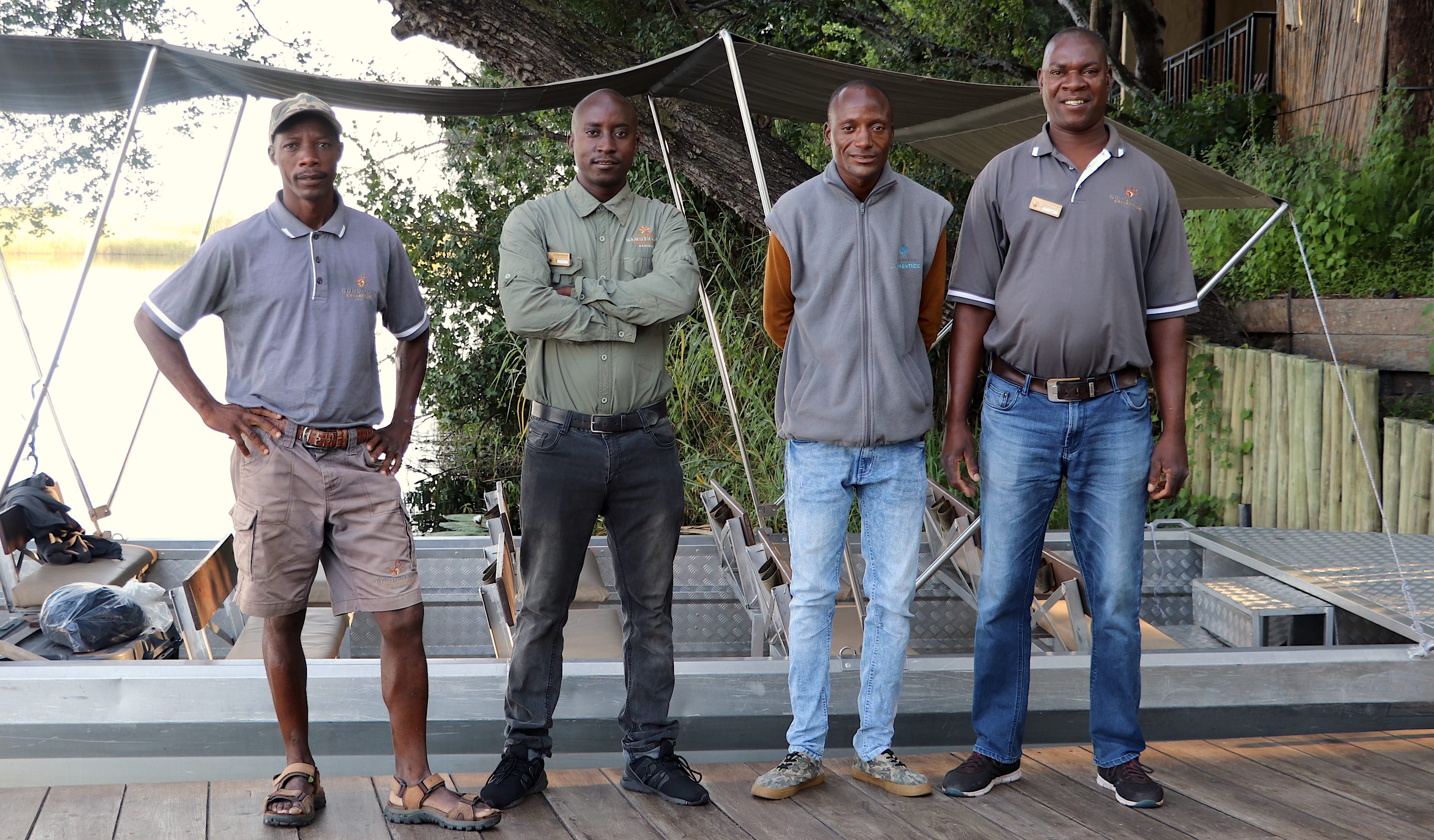
Launch of the Conservation Relief, Recovery and Resilience Facility
The grant has helped us to monitor wildlife in our conservancy and fight against poaching, hence we did not have any poaching activity for the whole year. It has also helped us to keep all our staff without retrenchment. The conservancy office has kept its doors open, while the game guards have kept their boots on the ground daily,
says Lorna Dax, Manager of the ≠Khoadi-//Hôas Conservancy.
In addition, COVID-19 Personal Protective Equipment in the form of masks and sanitisers has been and continues to be distributed to all 86 conservancies. These commitments have been made up to December 2021 with the hope that tourism and the community institutions that rely on it will see some recoveries by then.
As Richard Diggle from WWF points out, the CRRRF facility encompasses more than conservation, it is also about securing people's immediate needs and livelihoods. At a time when so many people around the globe have been financially impacted, it's incredible that we can rely on our donors' generosity to keep conservancies going,
he says.
The funds have also directly supported the monthly salaries or incomes of 1,966 employees at 35 lodges and campsites, four small-to-medium enterprises and two craft centres situated in conservancies and benefiting their members. This has ensured continued operations of these establishments, reduced job losses, maintained livelihoods and helped tourism-related businesses to survive this crisis.
Tapiwa Makiwa, CEO of the Community Conservation Fund of Namibia, mentioned the importance of ensuring that the value of wildlife is preserved in such a way that people will still want to live with wildlife. In the absence of tourism, communities and other stakeholders are trying to identify other environmentally friendly income-generating activities that can help people to survive during this time. Once the pandemic is over, communities must shift from survival mode to planning ahead,
Makiwa adds.
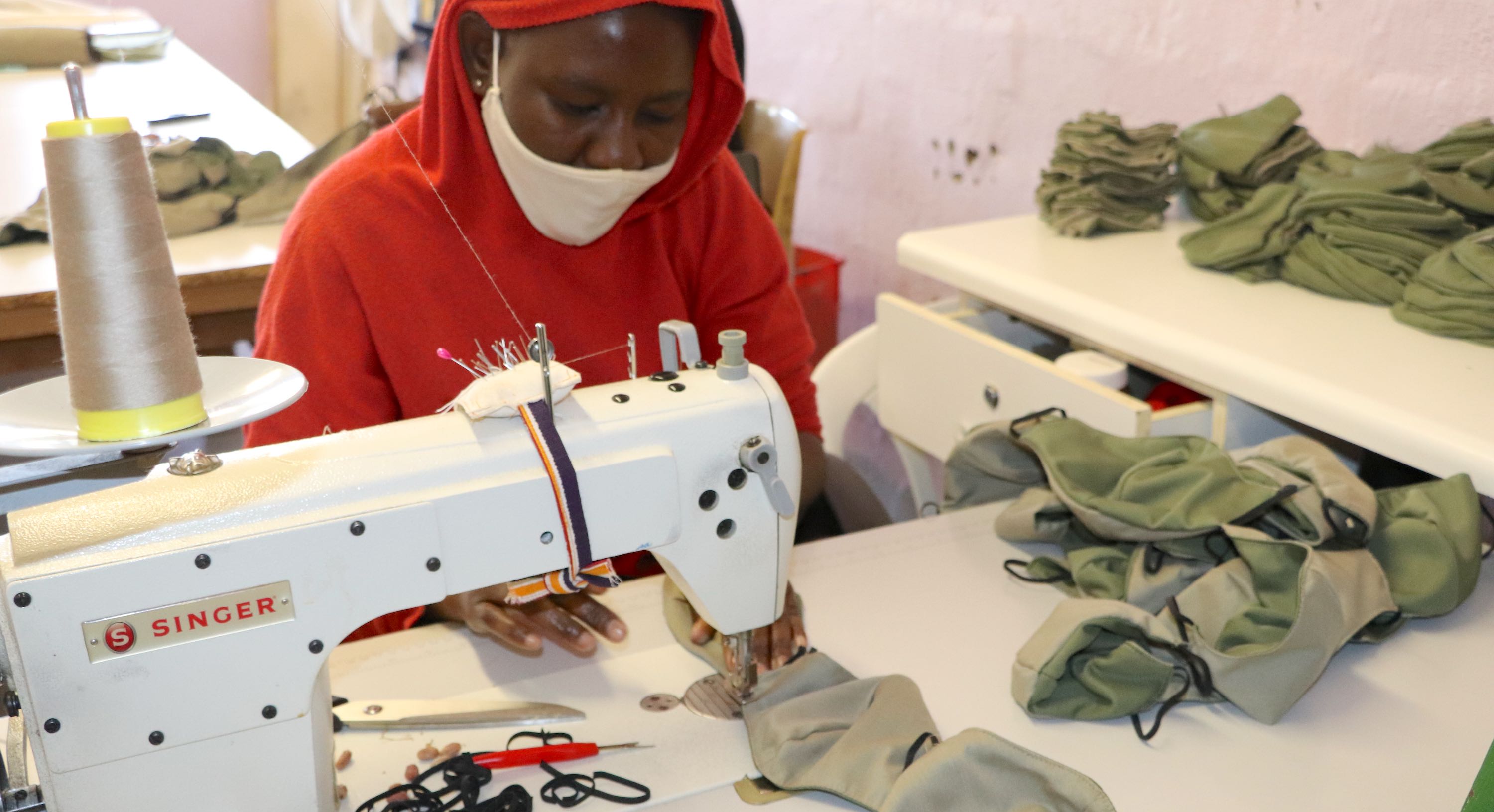
Recognising the need to prepare against future system shocks, partners in community conservation are exploring ways to diversify Namibia's wildlife economy to ensure that conservancies are not wholly dependent on tourism to fund conservation. Bennett Kahuure, MEFT Director of Wildlife and National Parks, stresses the need for diversification: We must now venture into the process of resilience. We are not out of the woods yet, the pandemic is still with us, so we must build for the future in terms of resilience.
While the pandemic has come with many challenges, the rapid, coordinated response of the CRRRF has been impressive. Many developing countries have been hit hard by the socio-economic impacts of COVID, and Namibia is no exception. This shock has especially tested the strength of Namibia's commitment to community conservation and its relationship with external donors. We now believe that together we are ready to face any challenges that come our way.
For articles on similar topics, please click one of the following options:
If you enjoyed this page, then you might also like:
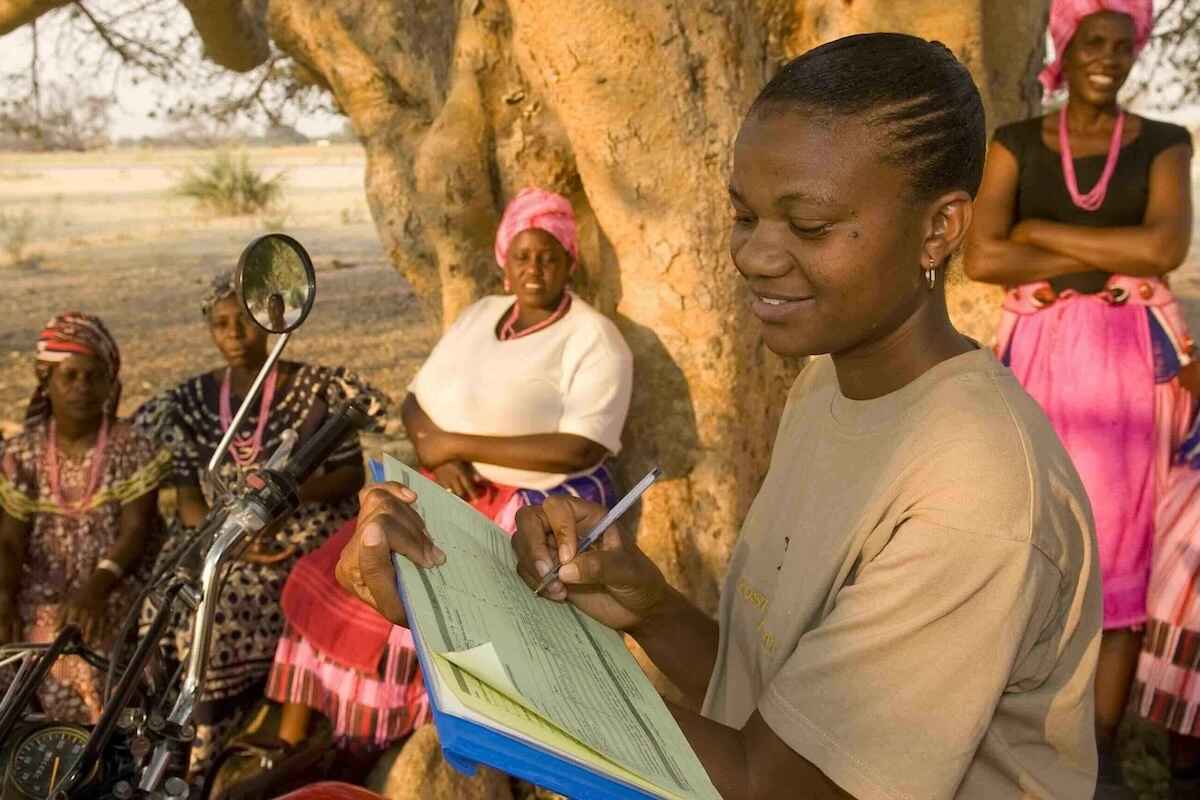
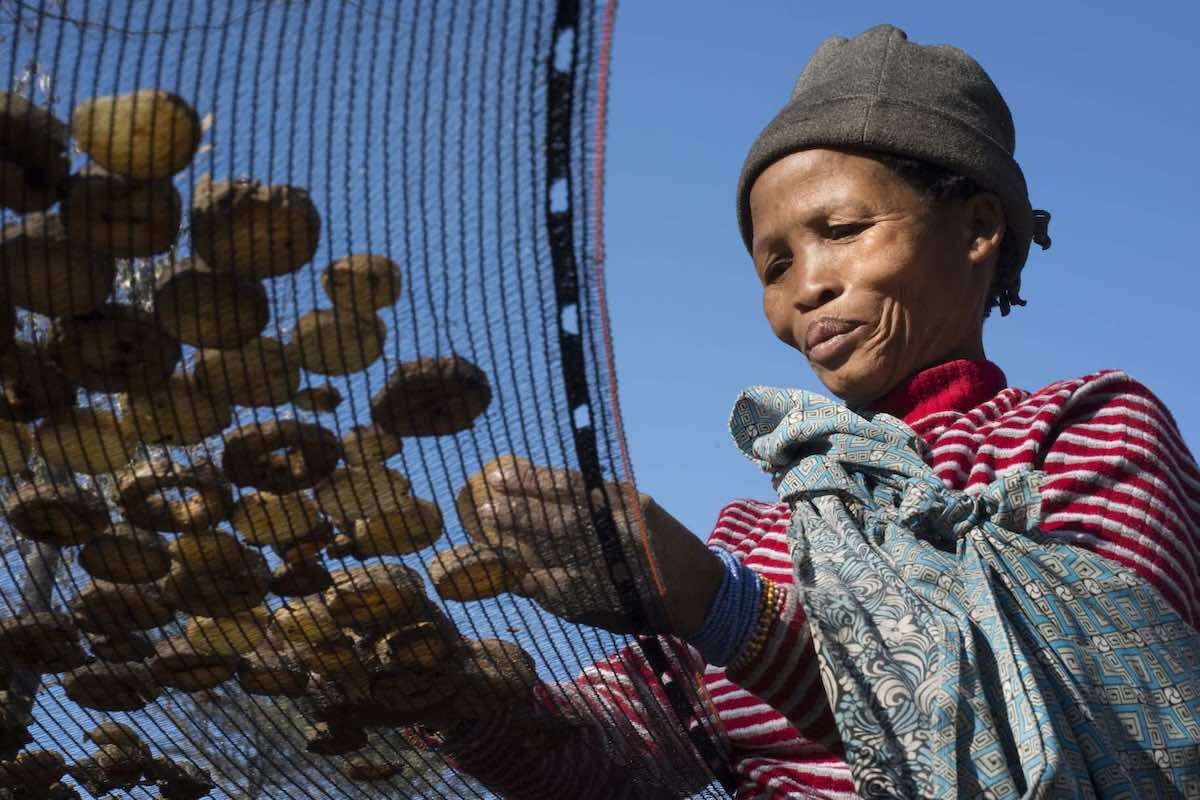
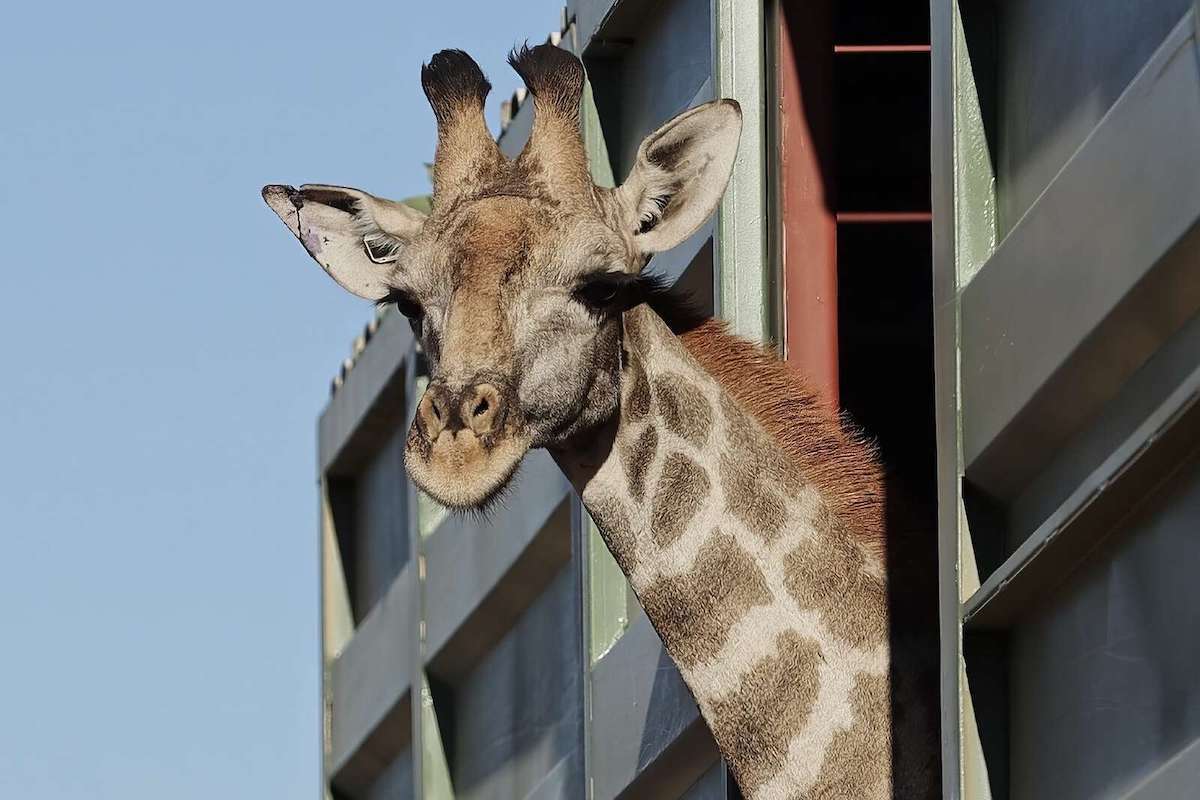
For more great articles from Conservation Namibia see below...
Conservation Namibia brought to you by:
We use cookies to monitor site usage and to help improve it. See our Privacy Policy for details. By continuing to use the site, you acknowledge acceptance of our policy.








